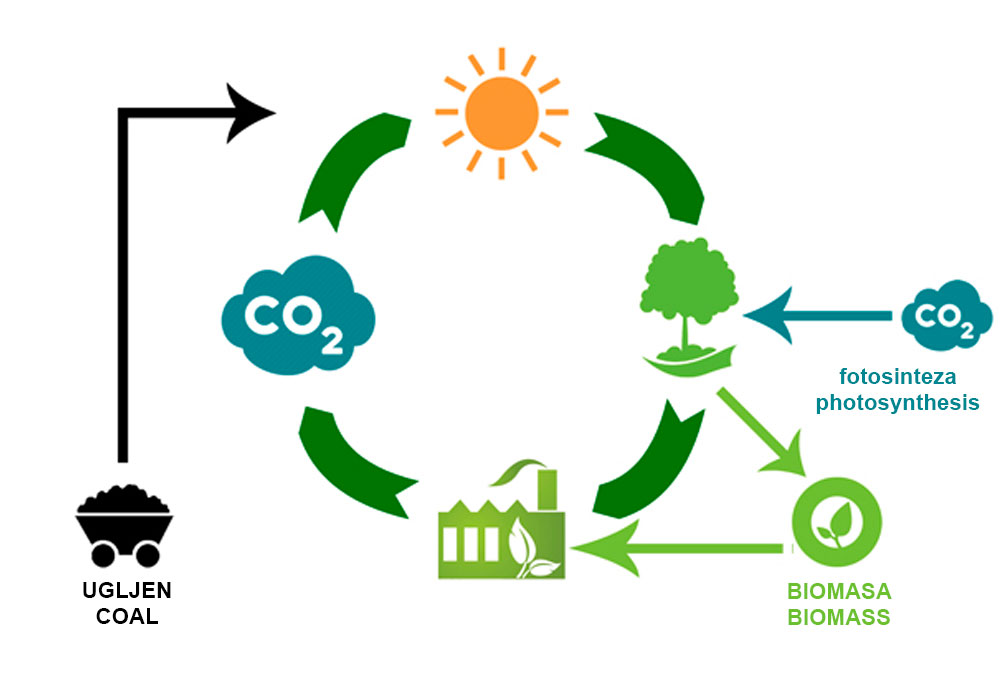What is wood biomass?
Wood biomass is a common name for the entire living tree (tree trunk and crown) as well as wood residuals of the timber industry. Biomass is one of the oldest sources of energy that produces heat and electricity. It is also a superior renewable type of energy as it uses all byproducts of forest maintenance (logs, stumps, branches, leaves and bark) and timber industry (sawdust, planer dust and shavings) as well as sick and damaged trees.
Why is biomass a great energy source?
Biomass is a neutral fuel. Carbon dioxide (CO2) that is released during combustion is the same CO2 that was used by the tree during its life cycle. Unlike gas, coal or oil, biomass produces energy with the minimal carbon footprint.

What is woodchip?
Woodchip are leftovers from the timber industry or forestry that have been broken down into smaller pieces of unequal size and shape. Extremely versatile in terms of shape, condition and quality, woodchip has a much wider use than any other type of wood biomass.
Biomass heating: a short guide
2,5 kg of firewood produces approximately the same amount of energy as 1 litre of fuel oil
Woodchip is an efficient and easily available fuel energy that is more cost effective than other biofuels
Woodchip can power furnaces from 50 kW to over 10 MW
Pellet stove fuel is produced by pressing together sawdust and wood shaving